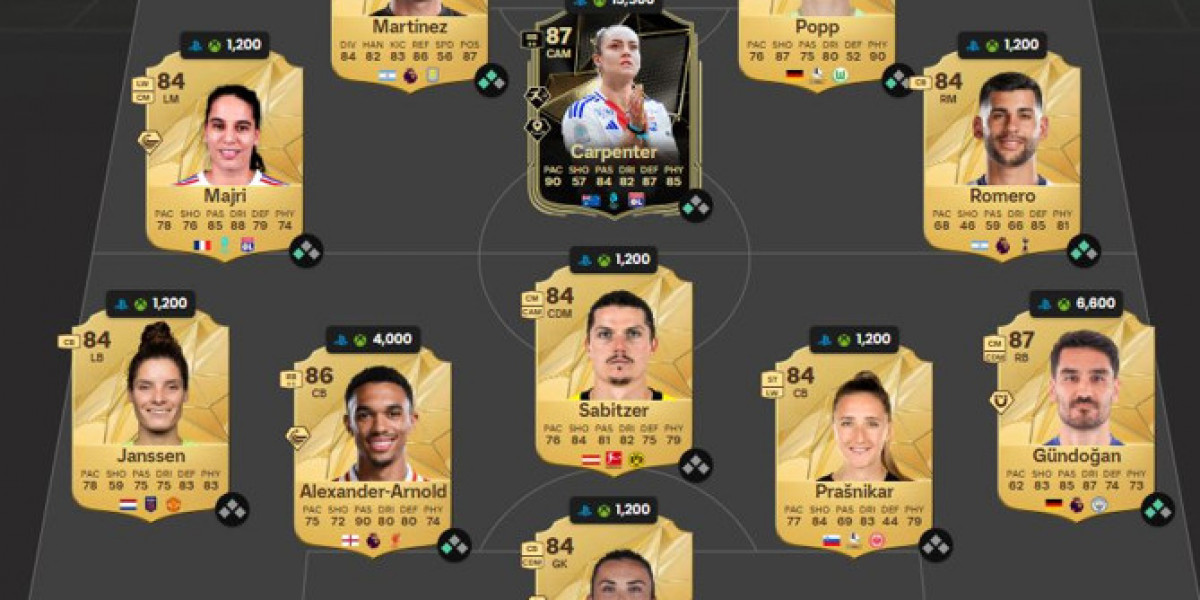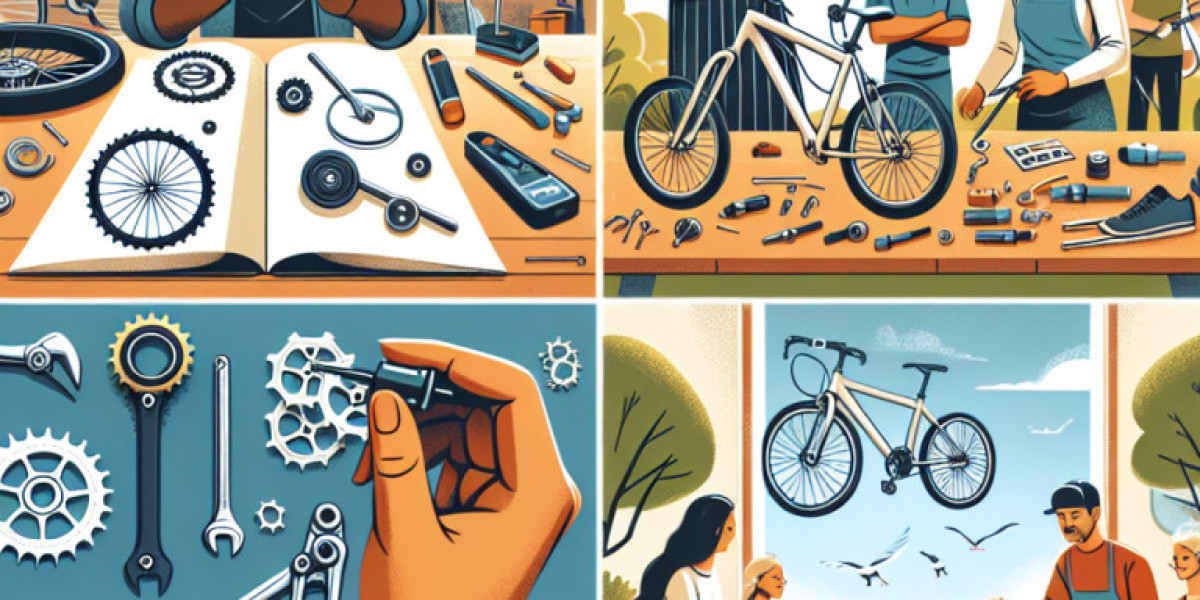If you're in the market for a new tractor, whether for farming, landscaping, or heavy-duty hauling, picking the right one can make a world of difference in your productivity and long-term satisfaction. With dozens of models out there, each offering its own bells and whistles, it can feel overwhelming to sort through what you really need.
To make your decision easier, we’ve rounded up 7 essential features you should look for in a tractor, no matter your specific needs or budget.
1. Horsepower (HP) that Matches Your Needs
Horsepower isn’t just about raw strength—it’s about choosing a tractor that fits your workload.
Under 50 HP is great for small farms, light tilling, mowing, and landscaping.
50–100 HP suits medium-sized farms and more demanding attachments.
100+ HP is built for large-scale farming and industrial use.
Know your tasks and get a tractor that offers just the right amount of power—more isn’t always better if you won’t use it.
2. Transmission Type
You’ll typically choose between manual (gear-driven) or hydrostatic (automatic-style) transmission.
Gear-driven transmissions are durable and fuel-efficient, ideal for plowing or fieldwork.
Hydrostatic transmissions offer smooth speed control and are easier for beginners or for tasks that require frequent stops and starts.
If multiple people will operate the tractor or you're frequently changing speeds, hydrostatic might be worth the extra cost.
3. Hydraulics and PTO (Power Take-Off)
The hydraulic system powers implements like loaders or backhoes, while the PTO transfers the engine’s power to your attachments.
Make sure your tractor has sufficient hydraulic capacity (GPM) for your intended tools.
Check for a rear PTO (standard), and consider mid or front PTOs if you’re running mowers or snowblowers.
Pro tip: A 540 RPM PTO is standard for most implements, but some larger machines offer 1,000 RPM options.
4. Four-Wheel Drive (4WD) vs. Two-Wheel Drive (2WD)
If you’re working on hilly terrain, soft ground, or in variable weather, 4WD is practically essential. It offers better traction, safety, and stability—especially when carrying heavy loads or using front-end attachments.
That said, if your land is flat and dry year-round, and you're mostly mowing or towing, 2WD might be just fine—and easier on the wallet.
5. Comfort and Ergonomics
You’re likely spending long hours in the seat—don't overlook comfort.
Look for:
Adjustable suspension seats
Ergonomic controls
Climate-controlled cabs (especially important in extreme weather)
Good visibility and lighting
A tractor should feel like a tool that works with you, not against you.
6. Lift Capacity and Hitch Type
Make sure the 3-point hitch can handle the implements you plan to use. Check:
Lift capacity at the hitch point
Lift capacity 24 inches behind the hitch (important for leverage-based tools)
Whether it’s Category 1, 2, or 3, which determines compatibility with various implements
Always consider not just what you use now, but what you might add in the next few years.
7. Ease of Maintenance and Dealer Support
Even the best tractors need regular TLC. Look for:
Easy access to engine components
Clear service intervals and manuals
Availability of parts
A reliable dealer or service center within reasonable distance
Buying the machine is just the beginning—good support will save time and money down the road.
Final Thoughts
Investing in the right tractor isn’t just about specs—it’s about making sure it fits your work style, land, and long-term plans. Prioritize practicality over flash, and don’t be afraid to test-drive a few models before deciding. A good tractor becomes part of the family—and a great one pulls more than just weight; it carries your productivity forward.










